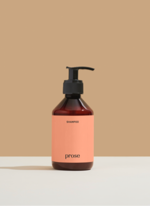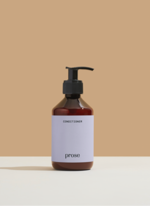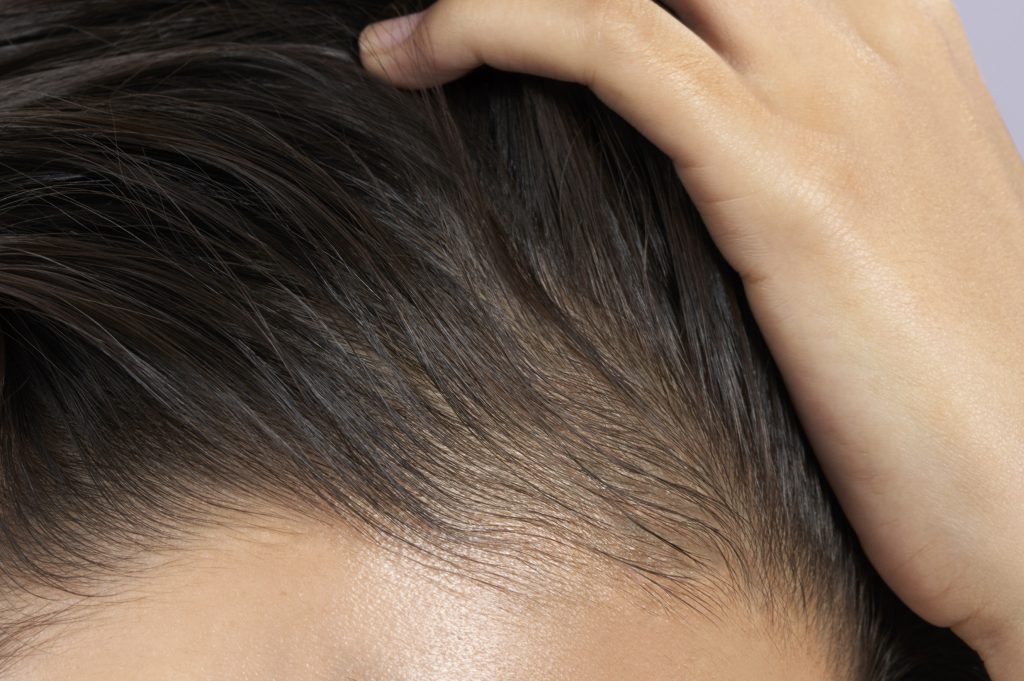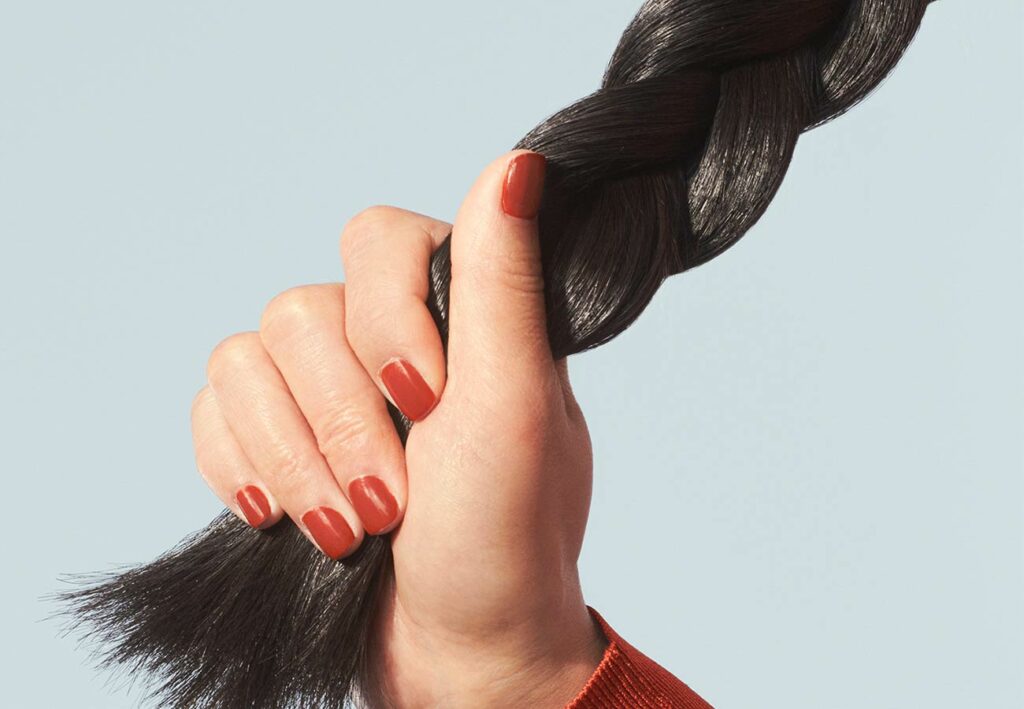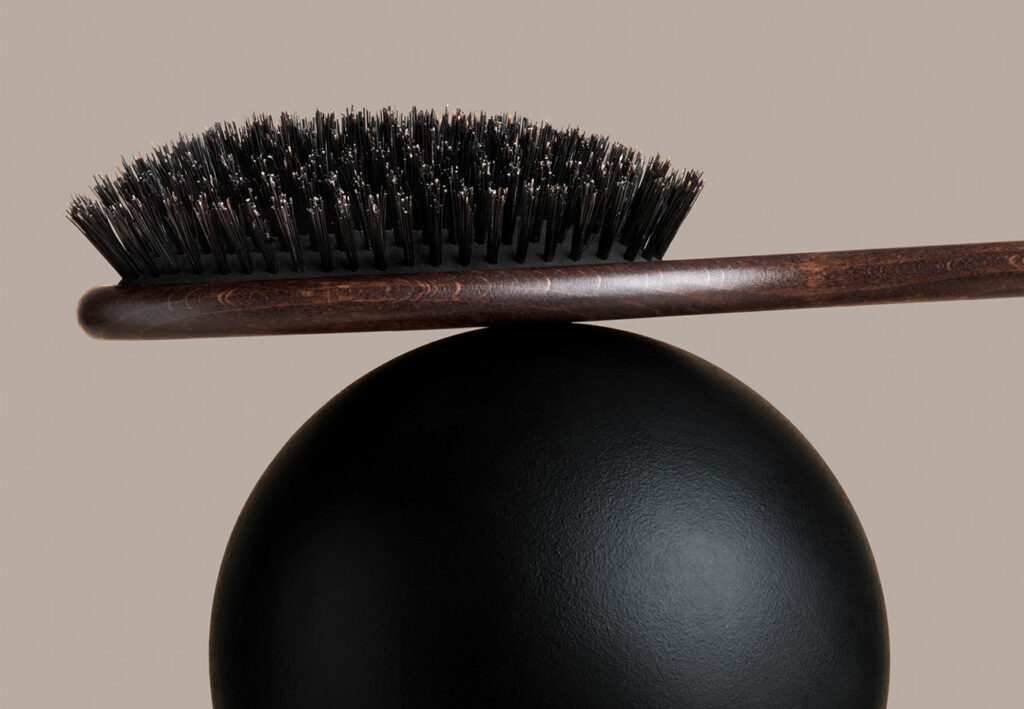Anagen effluvium explained
Anagen effluvium is a type of hair loss that happens during the growth stage, or anagen, part of the hair cycle. This is due to a small injury to the hair follicle from either an internal or external cause. The result that you’re left with is a sudden loss of damaged hairs that happens over a few days.
There is no age group, race, or sex that is more likely to be effected by anagen effluvium. But it is extremely common for people who are receiving chemotherapy. It can also happen to people who have autoimmune disorders, such as alopecia. But what exactly causes the hair loss to occur?
What causes anagen effluvium?
People who take cytostatic drugs for cancer treatments often develop this type of hair loss. If you’re wondering why this happens, we’ll break it down for you. This substance stops rapid cell proliferation, which is great for blocking cancer from spreading, but it also blocks hair follicles from growing too.
There are some other causes for this type of hair loss that you should look out for if you are experiencing rapid hair loss and aren’t receiving treatment for cancer. This includes some infections, malnutrition, iron deficiency, and oral contraceptives.
If you think that you might be suffering from anagen effluvium and have experienced one or more of these causes, you should talk to your doctor about diagnosis and treatment options.
How is it diagnosed?
When you go see your doctor about hair loss, they’ll probably ask you for a history of your medicines and any out-of-the-ordinary experiences you’ve had recently. They will also want to examine your scalp and do a dermoscopy, where they’ll look at your scalp and hair under magnification.
When you lose hair due to anagen effluvium, there are certain signs to watch for. The pieces of hair that you lose will look tapered and narrow at the root. Your doctor will also want to rule out other causes for your hair loss, like a thyroid disease.
How is it treated?
If you’re experiencing this type of hair loss due to chemotherapy, it will likely end once you stop the treatment. The hair will start to grow back in about three to six months as normal. One known side effect? Your hair could actually grow back a different color or texture!
If you need treatment for anagen effluvium, you’ll probably be prescribed a topical solution and cosmetic camouflage. This is the use of liquids and powders to conceal irregularities on the skin. The recovery rate of anagen effluvium is usually rapid because the follicles were “frozen in time” and are ready to get back to growing once the cause for the hair loss is gone.
Is it reversible?
Yes, this type of hair loss is reversible and is rarely permanent. The hair follicles haven’t been destroyed, so growing hair normally isn’t a problem during recovery. While the changes in your hair texture might last forever, you no longer have to worry about losing clumps of hair.
On the other hand, if you are experiencing anagen effluvium due to alopecia areata, the recovery process is a little more unpredictable. Some people might confuse anagen effluvium with telogen effluvium, but they are quite different.
Telogen vs. Anagen
Telogen effluvium is the second most common type of hair loss. It usually occurs when there is a change in the number of hair follicles that are growing hair. The telogen phase of hair growth is the resting phase, but we’ll get more into that later.
This type of hair loss is a bit more subtle than anagen effluvium. It presents itself as thinning of the hair on top of your head, as well as the sides. People who suffer from this type of hair loss don’t usually lose all of their hair, but it can affect other hairy parts of your body, like your pubic region.
Telogen effluvium is common in people who experience high levels of stress and don’t have enough vitamins in their diets. It can also happen to women after they give birth because of the change in hormones. Physical trauma and even surgeries can also sometimes be the cause of this type of hair loss.
How hair grows
To fully understand hair loss and how it affects your body, you have to understand how hair grows in the first place. There are four distinct phases of hair growth known as anagen, catagen, telogen, and exogen.
During the anagen phase, your hair grows about half an inch a month. It usually lasts about three to five years, and during this time, you’ll begin to grow new hairs, which will then push out the “club hairs,” or the hairs that are no longer growing. At any given time, about 90% of your hair is in the anagen phase.
The next phase is the catagen phase, which is the transition period. It only lasts about ten days, and this is when the hair follicles shrink. This is also when your hair separates from the bottom of the follicle.
Next, we have the telogen phase. This is when your hair is resting and lasts around three months. Your hair isn’t growing during this stage, but it also isn’t falling out. The last stage is the exogen phase, otherwise known as the shedding phase. Every given hair follicle will be going through this phase at a slightly different time, so while this phase lasts around five months for each follicle, you’ll always be losing about 50-100 hairs a day as the hairs move through the growth cycle. One thing to note is that a new anagen phase comes next, and a new hair coming in can coexist with the one that is in the shedding phase.
Other ways to help your hair
During all stages of hair growth, it’s essential to properly care for your scalp and hair. This includes doing things like eating healthy and using products that your hair will benefit from. Having healthy hair largely depends on your diet. What you feed your body will reflect on the outside of your body in your skin and hair.
Try to focus on getting enough protein in your diet every day. This includes things like fish, lean meat, beans, and legumes. You should also try to get enough Vitamin D and C in the form of supplements or foods.
Shiny, gorgeous hair is reliant upon the right shampoo and conditioner. You want to pick products that will work for your hair and its needs. If your hair has been color-treated, make sure the shampoo you’re using is safe for bleached hair.
You also want to stay away from harsh sulfates and parabens that can damage and dry out your hair. The custom shampoo and conditioner at Prose is cruelty-free and made with sustainable, natural ingredients with your hair in mind.
Our shampoo is gentle and offers balance and hydration for any type of hair. Take our hair quiz to nail down your hair goals, and we’ll do the rest!
Finally, support your hair care regimen with hair supplements. While your hair care is great for keeping your hair shiny and healthy, growing longer, fuller hair and tackling hair shedding requires a bit more. Look for supplements that are customized for your unique hair growth needs.
Wrapping up
Hair loss can be scary—especially when you’re not sure why it’s happening. But hopefully, now that you know more about the different types of hair loss and how they work, you can put your mind at ease. Don’t forget that caring for your hair is a learning experience, and it’s okay to ask questions along the way.


